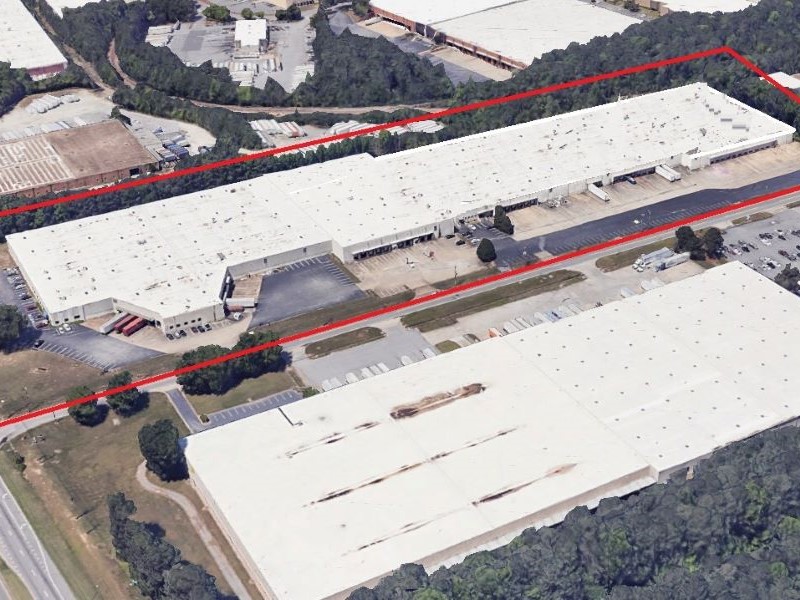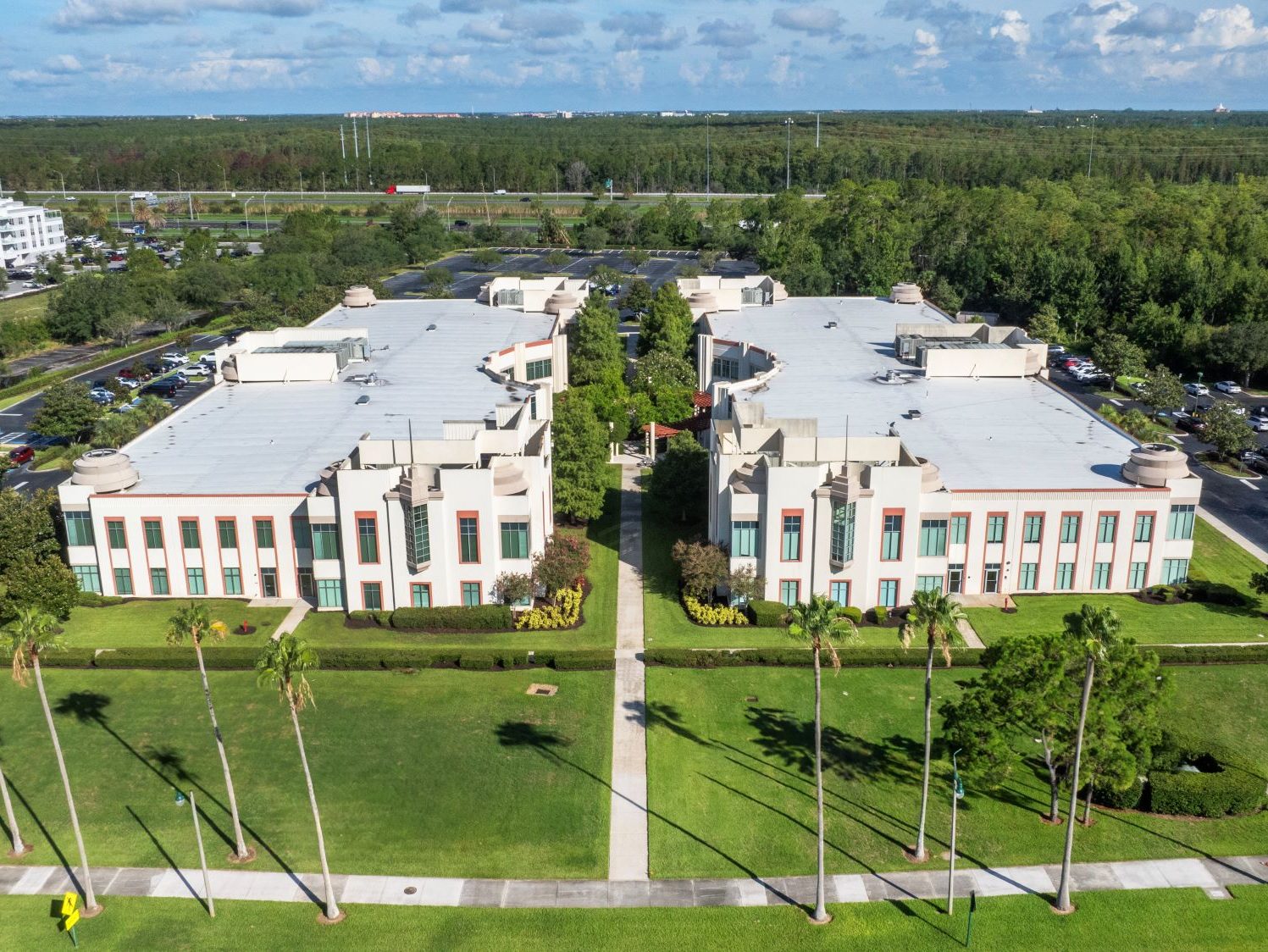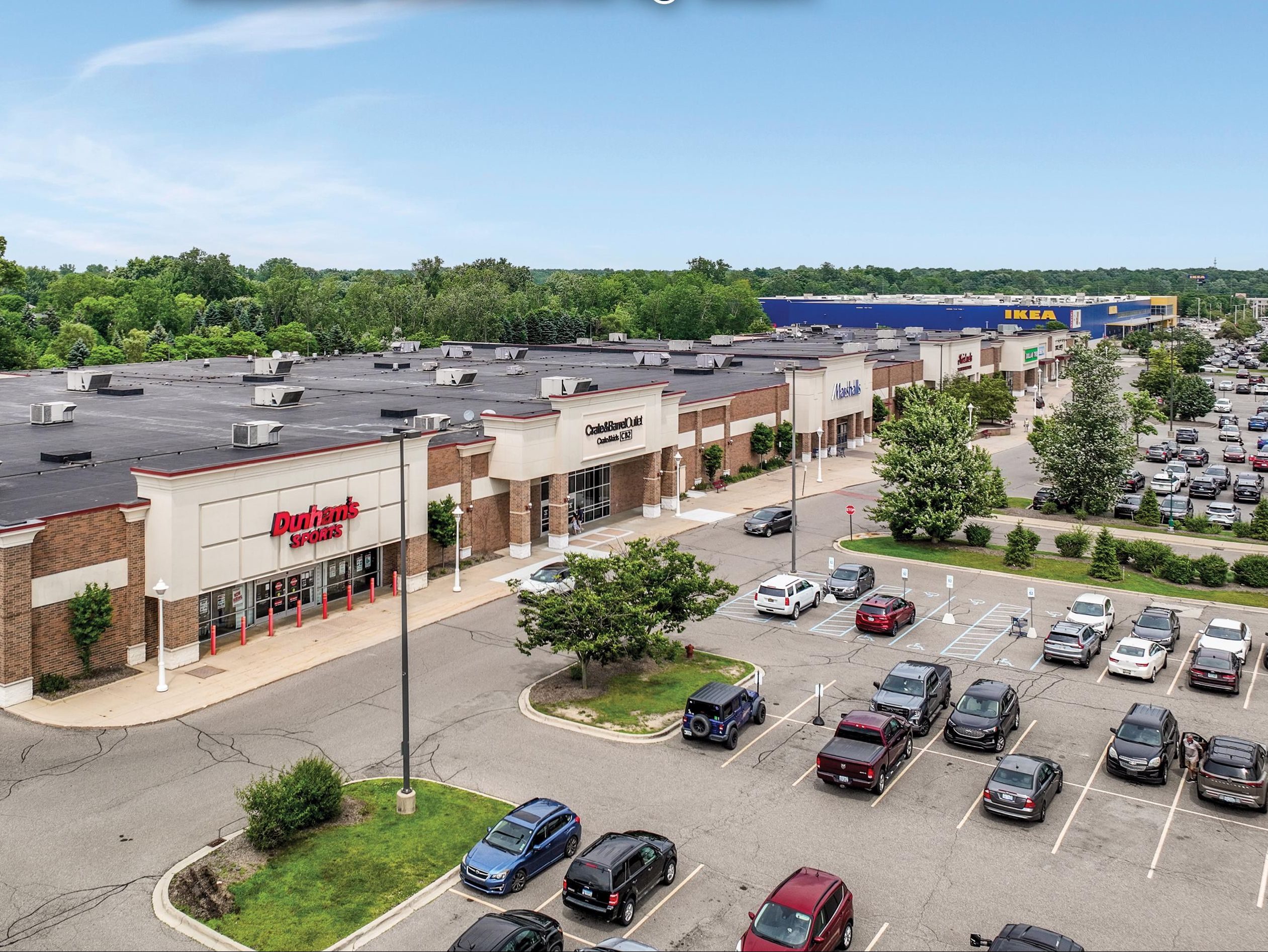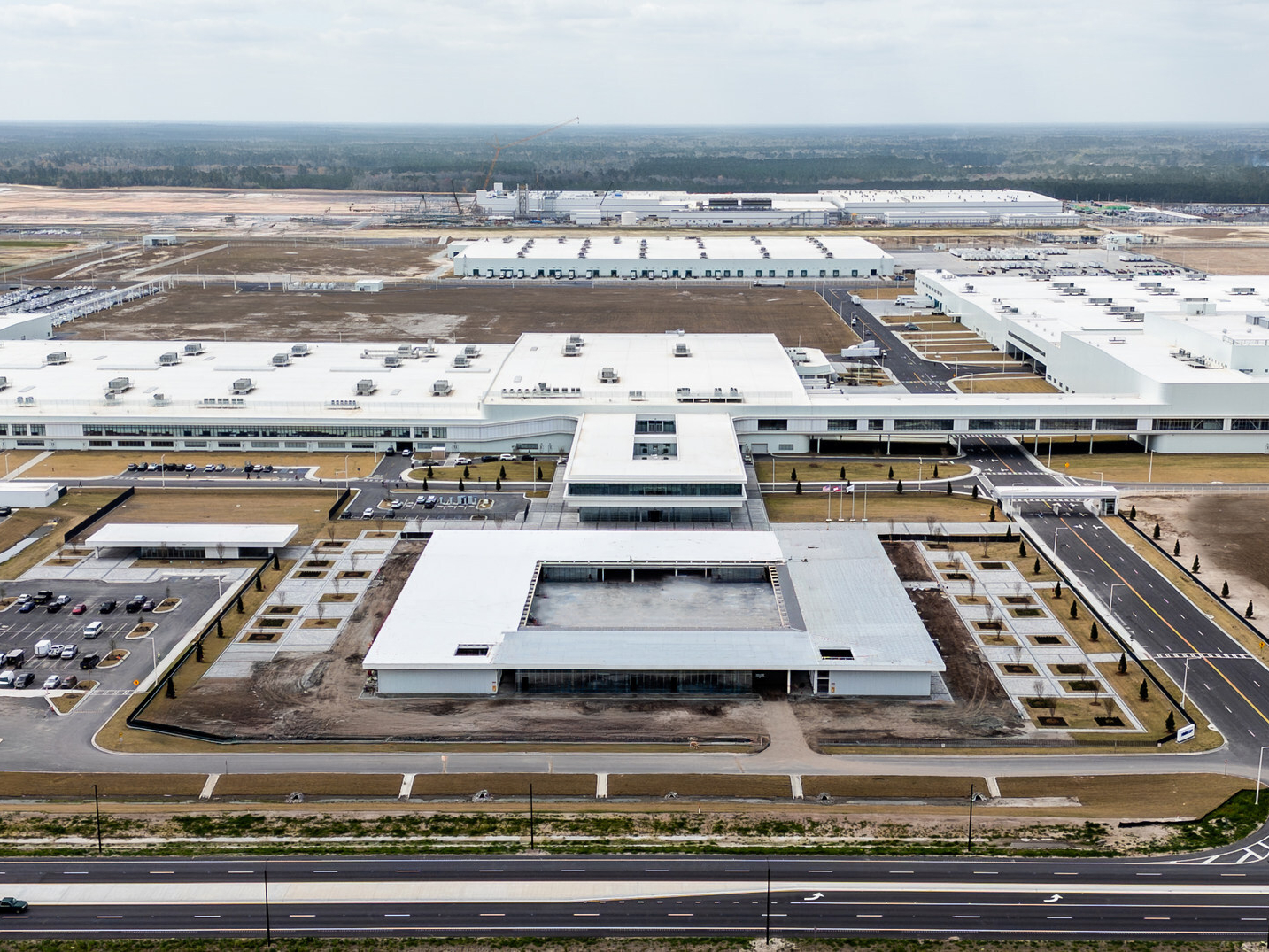3 Tips for Reimagining the Physical Workplace
Mark Grinis of EY on how we can use the lessons learned throughout the pandemic to reshape the future of the office.
COVID-19 is one of the greatest business challenges leaders will face in their careers. Yet, as the vaccine rolls out across the globe and a physical return to work seems within reach, many companies are left asking the following question: How can we use the lessons learned throughout the pandemic to reshape the future of the workspace?
Consider the transformation of real estate over the past 10 months. During a time when 88 percent of companies deemed remote work mandatory, the industry had to pivot, practically overnight, to account for work moving from office buildings to personal homes, public spaces and outdoor facilities. With that came an inherent need for updated technology, a shift in developer and investor focus and a dramatic pivot in tenant behaviors and demands.
According to a recent Ernst & Young LLP survey, 67 percent of real estate leaders reported that less than 10 percent of their rented office space was currently in use. If one thing is certain, it’s that the global pandemic has ignited a workforce reset—shifting from a “return to office”—to a “workplace reimagined.” The industry is at a crossroads—and companies must be hyper-focused on driving innovation for long-term success, with employees’ safety, productivity and overall happiness at the forefront.
Here are three tips to help companies prepare for a successful return to work this year and beyond:
Use design, construction and space planning to optimize office space
Arguably, one of the most important parts of reimagining a workplace in 2021 will be rethinking the physical space itself. According to EY, half of companies are planning to redesign their office spaces and re-evaluate their policies around shared workplaces and meeting rooms. How many desks can be occupied at one time? How many people can be in in collaborative spaces and meeting rooms? How can offices promote open, regular airflow?
With 92 percent of employees interested in transitioning into a hybrid model, addressing these questions will be critical to ensuring that employees feel as comfortable at home as they do in the office. As such, real estate companies need to work in tandem with tenants to identify how businesses can productively make the best use of their space without sacrificing the flexibility that today’s workers demand.
Leverage technology to drive enhanced collaboration
Over the past year, companies were forced to take a closer look into their plans for digital transformation, as well as their crisis response strategies. In fact, according to our Global Board Risk report, only 21 percent of boards felt their organization was prepared to respond to an adverse risk event.
With the demand for space dramatically reduced in today’s hybrid world, companies must implement technology that uses smart building operations, such as data capture and data analytics, to support this new workforce. Driving employee engagement and productivity through digital capabilities—both in the office and at home—will be key in maintaining both a remote and physical space.
For example, the internet of things and data analytics can help keep employees connected wherever they are, driving a more enhanced workplace experience and allowing employees to have more flexible workplace options. Additionally, this type of technology is more cost-efficient, promotes a more productive work environment and keeps employees more engaged.
Manage workplace risk to increase business resiliency
More than ever, it’s crucial for business leaders to keep up with current real estate trends, design/construction initiatives and updated policies to improve productivity and employees’ safety and wellness. It’s likely that investments will rise in essential business and fulfillment centers this year (e.g., grocery stores, gyms). With this in mind, real estate professionals must think outside the box when reimagining the workplace and how they can make physical locations more convenient and attractive, all while ensuring the safety of their employees.
Although there seems to be a light at the end of the pandemic tunnel, the road to recovery and normalcy will likely be uneven and long-lasting. The real estate leaders and companies that can best reimagine the workplace while optimizing employee flexibility, well-being and business performance will be the ones that come out ahead in the new working world.
Mark Grinis is the global real estate, hospitality & construction leader of EY, coordinating the efforts of 15,000 professionals around the world who serve more than 6,000 clients. Grinis has three decades of real estate industry experience and previously led real estate, hospitality & construction in the U.S. Central region and EY Global Real Estate Private Equity. His prior roles include lead audit partner for real estate funds, Americas Transaction Real Estate Practice Leader, and Asia Real Estate Practice Managing Partner.








You must be logged in to post a comment.